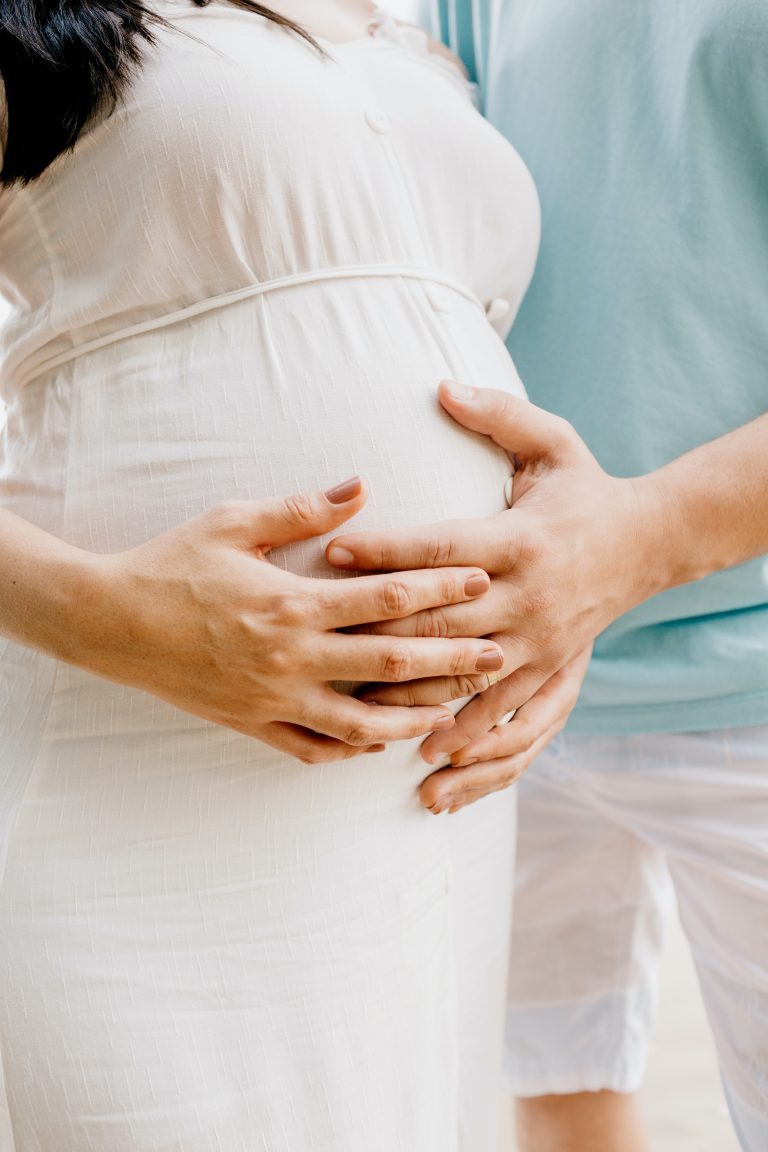About Us
Researchers + Clinicians
Parents

New research highlights that higher autopsy rates and improved care for at-risk women could hold the key to better pregnancy outcomes
A new study, published in the Australian and New Zealand Journal of Obstetrics and Gynaecology this week, found that 55% of stillbirth after 34 weeks’ gestation in Queensland in 2018 were classified as unexplained.
In Australia, stillbirth is defined as the birth of a baby without signs of life after 20 weeks’ gestation or 400g birthweight.
The study also found that the majority of deaths after 34 weeks (71%) had one or more contributing factors related to care, with 31% considered possibly contributing towards death and further 31% considered likely to have contributed to the death. Titled “Making Every Birth Count: Outcomes of a Perinatal Mortality Audit Program,” the study examined stillbirth and neonatal death data from 2018 across Queensland.
Lead researcher and director of the Queensland-based Centre of Research Excellence in Stillbirth Professor Vicki Flenady said the study highlighted the importance of continuity of care for women with risk factors for stillbirth, such as those with diabetes, decreased fetal movements, and fetal growth restriction. For Aboriginal of Torres Strait Islander women this was even more pronounced where culturally appropriate models of care could be improved.
“Rates of stillbirth among Aboriginal and Torres Strait Islander women are double that of other Australian women,” Professor Flenady said. “We need to focus on providing high quality antenatal care for all women, but particularly those with stillbirth risk factors.”
The study also identified the investigation of stillbirth and newborn deaths as a key step to prevention. However, autopsy rates remain low in Queensland, with only 37% of stillbirth and 22% of neonatal deaths recording an autopsy in 2016 and 2017.
Stillbirth CRE Co-Director and Griffith University Head of School and Dean of Medicine, Professor David Ellwood, said clear, timely and sensitive communication was essential to ensure parents could make informed decisions about autopsies. “Countries with active audit programs, such as New Zealand, the UK and the Netherlands, have recorded greater declines in late gestation stillbirth rates,” Professor Ellwood said. “It can be difficult to have these conversations but understanding why stillbirth and neonatal deaths occur may be key to preventing future tragedies.”
Health professionals can now access an online learning program designed to help them provide supportive and sensitive care to families who experience a stillbirth. IMproving Perinatal Mortality Review and Outcomes Via Education (IMPROVE) is a free eLearning course for healthcare professionals based on the latest Clinical Guideline for Care Around Stillbirth and Neonatal Death, released in partnership with the Perinatal Society of Australia and New Zealand (PSANZ) and the Stillbirth CRE.
ENDS
Contact Media
Centre of Research Excellence in Stillbirth
+61 7 3163 3829 or + 61 7 3163 6326 | stillbirthcre@mater.uq.edu.au
Further Resources

Level 3, Aubigny Place
Mater Research Institute
Raymond Terrace,
South Brisbane QLD 4101
The University of Queensland Faculty of Medicine